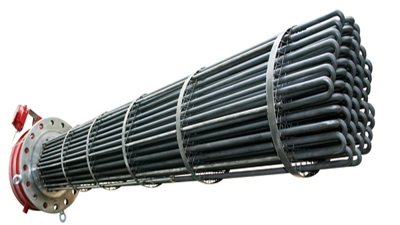Evaluating the Top China Industrial Immersion Heaters: A Comprehensive Comparison Guide
Table of Contents
- Key Attributes of Industrial Immersion Heaters in China
- Comparative Benefits of Different Immersion Heater Types
- Energy Efficiency: A Crucial Advantage of Modern Immersion Heaters
- Safety Features: Ensuring Reliable Operation in Industrial Settings
- Cost Analysis: Balancing Investment with Long-term Gains
- Application Versatility: How Immersion Heaters Meet Diverse Needs
- Maximizing Efficiency: Insights from Recent Industry Reports on Industrial Immersion Heaters from China
- FAQS
- Conclusion
- Related Posts
Lately, there's been a real surge in demand for efficient heating solutions across different industries, especially when it comes to immersion heaters. I came across a recent industry report that predicts the global market for these heaters is set to grow quite a bit, mainly because more manufacturing processes are turning to advanced heating tech. Jiangsu Weineng Electric Co., Ltd. is totally leading the way in this space—focusing on designing and manufacturing explosion-proof electric heaters that meet all the industry standards. Their expertise and dedication to quality have really earned them a solid reputation, especially when folks are looking for ‘China Industrial Immersion Heater Quotes.’ They’re known for providing reliable, effective heating solutions. This blog’s here to give you a handy comparison guide, highlighting some of the top immersion heaters made in China so you can make smarter choices for your industrial heating needs.
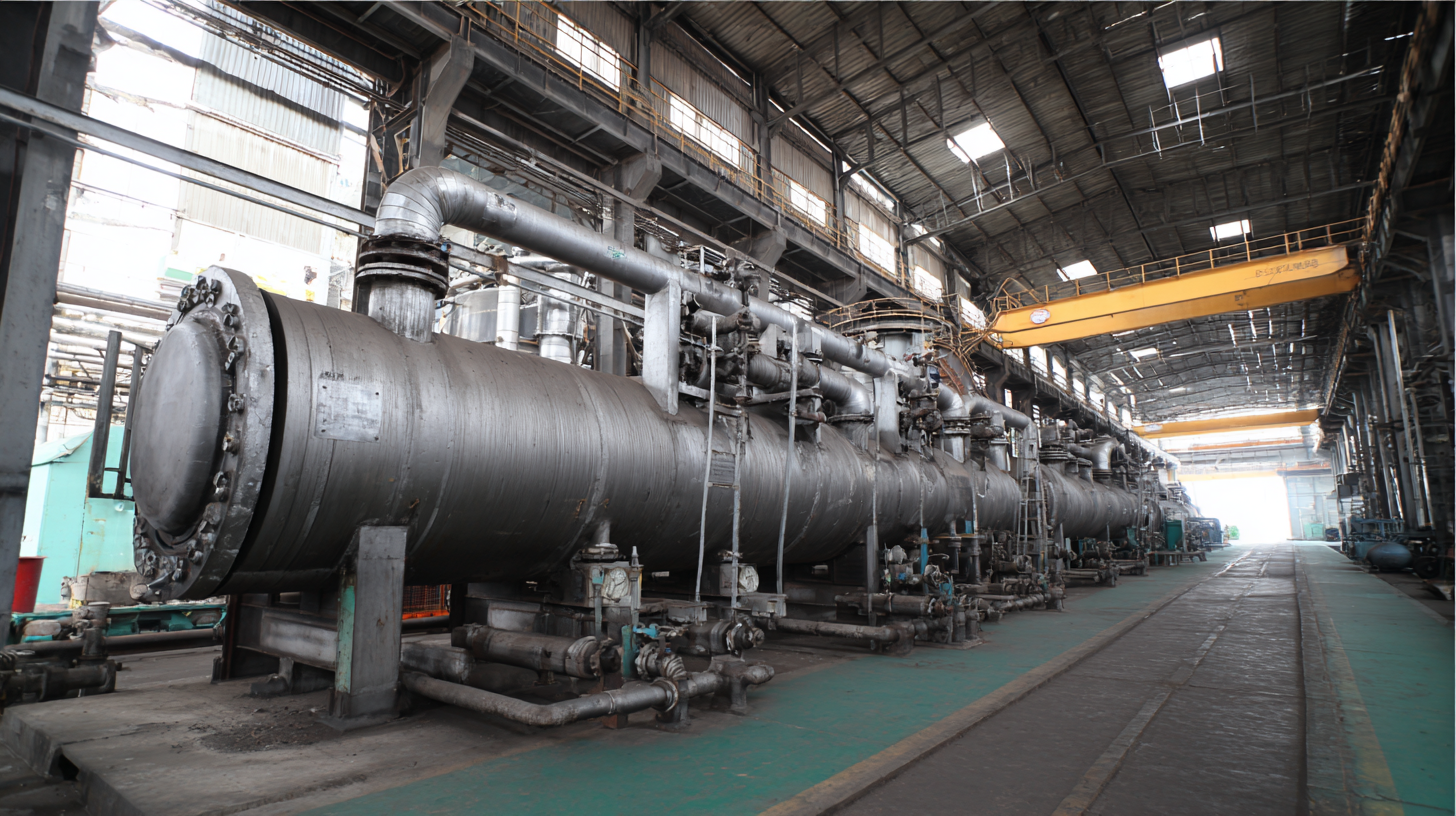
Key Attributes of Industrial Immersion Heaters in China
When you're looking into industrial immersion heaters in China, there are a few key things that really stand out—and honestly, they're pretty important if you want things to run smoothly. First off, material quality is a big deal. Most of these heaters are made from stainless steel or other corrosion-resistant goodies, which help them take a beating from high temps and rough conditions. That kind of durability doesn’t just mean they'll last longer, but it also keeps their performance steady over time—especially crucial for places that need precision and reliability.
Then, there’s the whole efficiency thing. In a busy factory or plant, being able to heat up fluids quickly and evenly can seriously make a difference—think shorter production times and lower energy bills. These days, lots of heaters come with neat features like adjustable elements and smart temperature controls, so you can tweak things just right for your specific needs. Plus, energy efficiency ratings are a bonus—they help you pick models that waste less energy and are better for the environment.
And of course, safety can’t be overlooked. The top-notch immersion heaters usually come with protections built in—like overheat shut-offs, low liquid level alarms, and solid electrical insulation. These features aren’t just there to protect the equipment; they also keep workers safe. So, if you're in China and aiming for high safety standards and efficiency, keeping an eye on these safety features is a must.
Evaluating the Top China Industrial Immersion Heaters
This chart compares the key attributes of various industrial immersion heaters available in China, focusing on their efficiency, power rating, and maximum temperature capabilities.
Comparative Benefits of Different Immersion Heater Types
When you're picking an immersion heater for industrial use here in China, it’s pretty important to get a good sense of the different options and what each one brings to the table. Electric immersion heaters are really popular—they're efficient, simple to use, and heat up water pretty quickly. Plus, they tend to need less maintenance compared to traditional heating elements. The cool thing is, electric heaters are super versatile too—they can handle different kinds of liquids, so you won’t have much trouble meeting your specific heating needs without any big hassle.
On the flip side, gas immersion heaters pack quite a punch when it comes to heating power. They're especially handy if you’re dealing with bigger setups that need to heat large volumes fast. They can also be more budget-friendly in terms of running costs, especially if gas is cheap in your area. But, heads up—gas heaters do require stricter safety precautions and more regular inspections compared to electric ones.
Pro tip: Take a close look at what your facility really needs—things like how much liquid you’re working with and what temperature you’re aiming for. Also, check out the energy prices where you are; this can make a big difference in the long run. Picking the right immersion heater can really help boost your efficiency and keep things running smoothly in your operations.
Energy Efficiency: A Crucial Advantage of Modern Immersion Heaters
When you're looking into industrial immersion heaters, one of the biggest things to keep in mind is energy efficiency. It really can make a huge difference—not just in how much you spend on operational costs, but also in how much impact it has on the environment. These days, modern immersion heaters are pretty impressive—they come equipped with tech that helps them use energy smarter. Things like precise temperature controls and better heat transfer methods mean they're wasting less energy, making sure more of the input actually turns into useful heat.
On top of that, choosing energy-efficient heaters isn’t just good for your budget; it also helps lower your carbon footprint. That’s a win-win, especially as the world pushes for more sustainable practices. For industries that care about saving money in the long run and staying ahead of stricter environmental rules, selecting high-efficiency immersion heaters is like hitting two birds with one stone. Honestly, upgrading to these more efficient options isn’t just clever financially, but it’s also a step toward a greener, more responsible future.
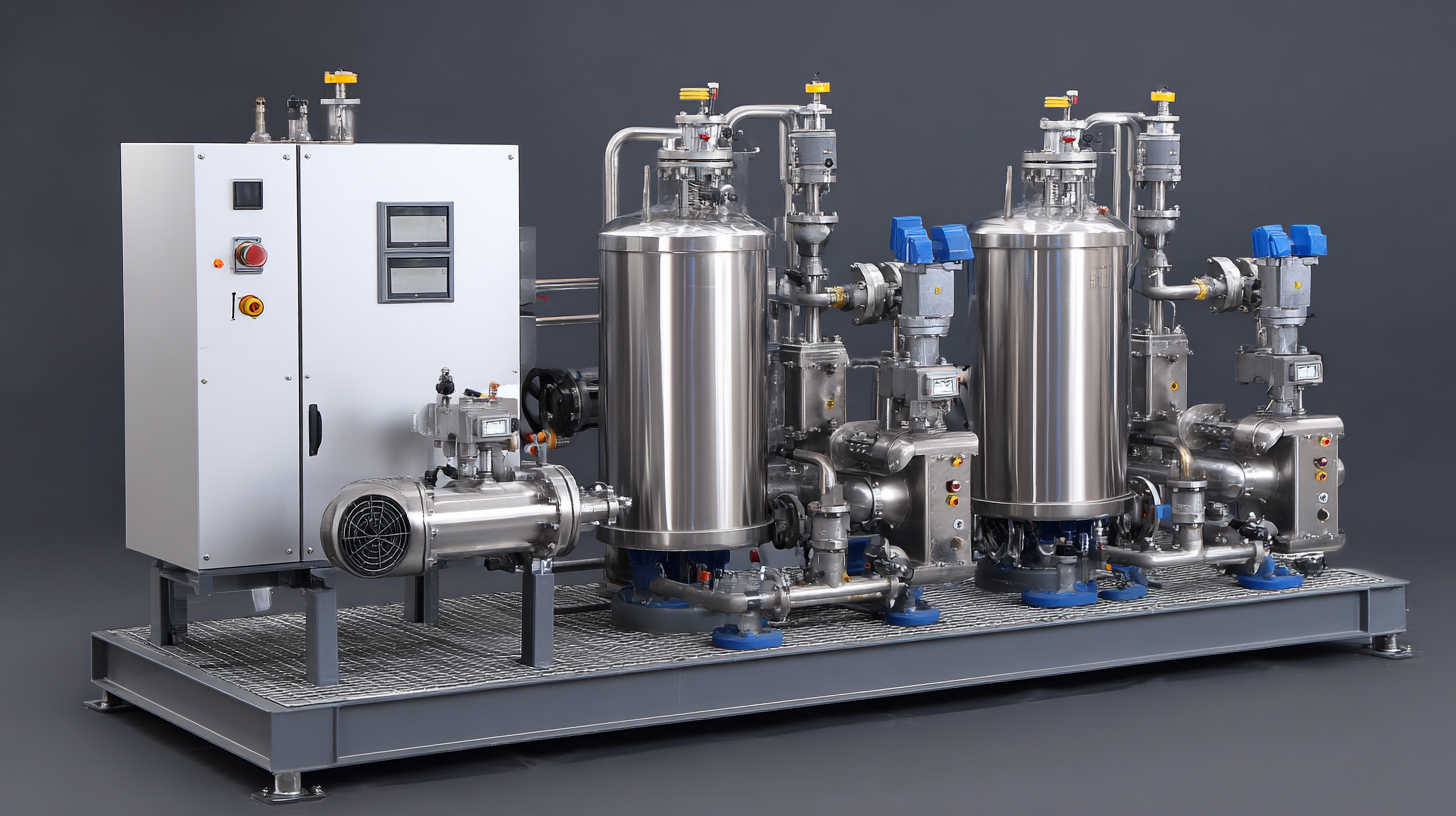
Safety Features: Ensuring Reliable Operation in Industrial Settings
When you're looking into industrial immersion heaters in China, one thing you really can't ignore is safety. It’s a big deal because these heaters are responsible for heating up liquids and gases, and if they’re not built with safety in mind, things can go wrong pretty fast. Modern models have all sorts of safety features — like temperature limit controls that automatically shut the heater off if it’s getting too hot. That’s super important because it helps prevent overheating and keeps everyone safe, not to mention protecting nearby equipment.
Another key safety feature you’ll want to watch out for is leak detection systems. These keep an eye on the health of the heating elements and surrounding parts, giving you real-time alerts if anything seems off. Plus, a lot of these heaters now come with good insulation, which keeps surface temps down and helps avoid accidental burns — safety first, right? As industries keep pushing for safer and more efficient setups, choosing heaters with solid safety features isn’t just a good idea, it’s essential to keep everything running smoothly and safely.
Evaluating the Top China Industrial Immersion Heaters: A Comprehensive Comparison Guide
| Model | Power Rating (kW) | Temperature Range (°C) | Material | Safety Features | Warranty (Years) |
|---|---|---|---|---|---|
| Model A | 10 | 50 to 200 | Stainless Steel | Overheat Protection, Auto Shut-off | 2 |
| Model B | 15 | 30 to 180 | Aluminum | Leak Detection, Circuit Breaker | 3 |
| Model C | 20 | 20 to 250 | Titanium | Thermal Sensor, Pressure Relief Valve | 5 |
| Model D | 25 | 0 to 300 | Copper | Emergency Stop, Insulation Monitoring | 4 |
Cost Analysis: Balancing Investment with Long-term Gains
Thinking about buying industrial immersion heaters in China? Well, it's super important to do a detailed cost check before making any moves—so you’re not caught off guard later on. The initial price can really vary a lot depending on things like what specs you need, the brand, and the tech involved. But honestly, just focusing on the sticker price isn’t enough. You’ve got to look at the bigger picture—how much you'll spend on operating costs down the line, how often you'll need to maintain them, and how long they’ll last. Sometimes, splurging a bit more upfront on a higher-quality heater can save you a ton in energy bills and reduce those pesky downtime moments, which adds up to big savings overall.
Plus, it’s all about balancing what you invest now with what you get in return in the long run. That’s where thinking about the total cost of ownership really comes into play. This means considering not just the purchase price, but also how efficient they are energy-wise, what maintenance they’ll need, and how long they’ll keep working well. Companies that go for more advanced tech often find it pays off—they end up spending less on energy and replacements over time. So, when you’re weighing different options, it’s smart to look at the cost-benefit ratio. Making the right choice means your investment lines up with your immediate needs and your plans for the future—y’know, long-term thinking really pays off here.
Application Versatility: How Immersion Heaters Meet Diverse Needs
Immersion heaters have really become a go-to in all sorts of industrial settings. They’re super versatile when it comes to handling different heating tasks. Whether it's used in chemical manufacturing or food and drink production, these heaters are built to give you precise temperature control—so you get the performance you need, no matter the environment. They transfer heat quickly and directly to liquids or other media, which is a huge win when fast heating is a must.
One of the coolest things about immersion heaters is how adaptable they are. Manufacturers can easily tweak them to fit specific needs—maybe by adjusting the power or choosing materials that stand up to corrosive conditions. This kind of flexibility makes it easier for industries to incorporate them into their existing systems, boosting productivity and cutting down on energy waste. Plus, as tech keeps advancing, features like smart controls and built-in safety measures are becoming pretty standard, making these heaters even more useful across a bunch of different sectors.
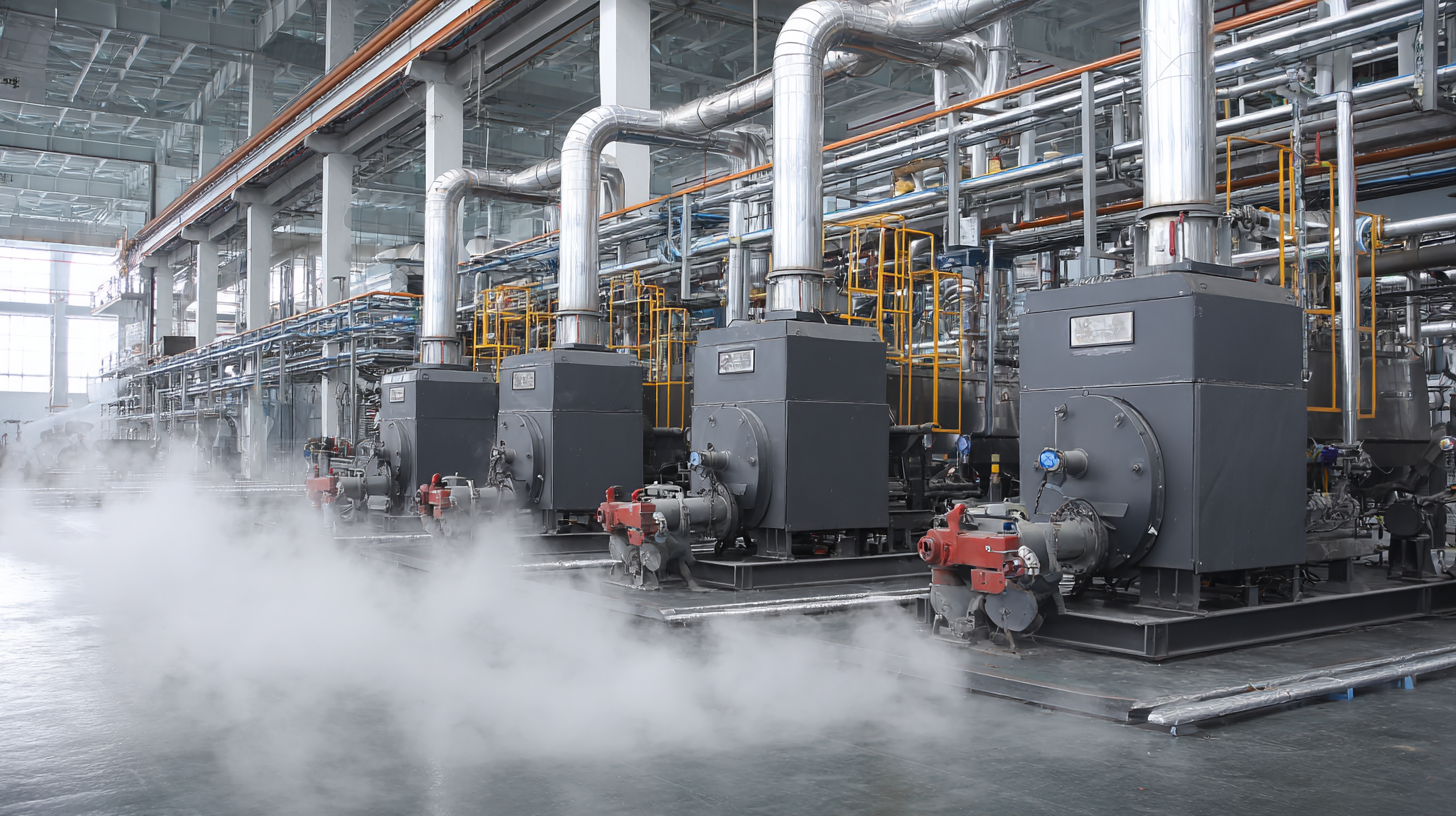
Maximizing Efficiency: Insights from Recent Industry Reports on Industrial Immersion Heaters from China
In recent industry reports, immersion heaters have emerged as pivotal components in optimizing thermal processes across various sectors. According to data from the International Energy Agency (IEA), industrial heating accounts for nearly 30% of global energy consumption. As industries strive for greater efficiency, the customization of immersion heaters has become increasingly essential. This is where WNH excels, offering tailored solutions that align with the unique demands of each application.
WNH custom-manufactures immersion heaters designed to meet the specific needs of our clients. By collaborating closely with you, we ensure that every aspect—from materials and heater types to wattages—is meticulously chosen to enhance efficiency and durability. A recent report from the American Institute of Chemical Engineers (AIChE) highlights that optimizing the heater configuration can improve thermal performance by up to 15%. By leveraging these insights, businesses can not only save energy costs but also extend the lifespan of their heating equipment.
As reported by the U.S. Department of Energy, well-designed immersion heaters can significantly reduce maintenance costs and downtime, further contributing to overall productivity. At WNH, we prioritize identifying the right solutions for our customers, enabling them to achieve maximum effectiveness in their heating applications. With a focus on tailored designs, we empower industries to embrace innovation and efficiency in their heating processes.
FAQS
: Industrial immersion heaters in China are often constructed from stainless steel or other corrosion-resistant materials to withstand high temperatures and harsh environments.
Heating efficiency is crucial because it impacts production timelines and energy costs by allowing fluids to be heated quickly and evenly.
Modern immersion heaters may have advanced features like adjustable heating elements, precise temperature controls, and enhanced heat transfer mechanisms that minimize energy waste.
Energy-efficient immersion heaters lower electricity consumption, reduce operational costs, and help companies align with sustainability goals by lowering their carbon footprints.
Essential safety features include overheat protection, low liquid level shut-off, and robust electrical insulation, all of which enhance equipment safety and operator protection.
A cost analysis helps to evaluate not just the upfront cost but also long-term operational efficiency, maintenance needs, and durability, leading to better financial decisions over time.
TCO refers to the total cost associated with purchasing and operating an immersion heater, including initial price, energy efficiency, maintenance costs, and potential lifespan.
Higher-quality immersion heaters may have a higher initial investment but can result in reduced energy consumption and downtime, ultimately leading to lower overall operational costs over time.
Companies should prioritize energy efficiency and advanced technology in their heating solutions to achieve reduced energy bills and compliance with environmental regulations.
Advanced technologies enhance the effective use of energy, improving temperature control and heat transfer, which ultimately contributes to overall energy efficiency.
Conclusion
When it comes to industrial heating, it’s pretty important to get a good grip on the different types of immersion heaters out there. Knowing your options can really help you save energy and keep things running safely. This guide takes a close look at the main features and benefits of various industrial immersion heaters made in China, especially the newer models that focus on being energy-efficient. We also shine a light on safety features that keep operations reliable—even in some pretty tough industrial settings—and do a bit of a cost breakdown, so you can see how your upfront investment stacks up against the long-term savings.
Plus, I’ll show you just how versatile these heaters are—many can handle a bunch of different industrial tasks. If you’re looking for something customized, like explosion-proof options, Jiangsu Weineng Electric Co., Ltd. really stands out thanks to their solid experience in designing, making, and setting up all kinds of electric heaters. To get a better idea of what’s available for your specific needs, I recommend checking out our quotes for China industrial immersion heaters—they’ll give you a clearer picture of all the options out there.
Related Posts
-
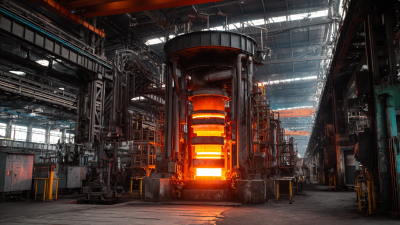
Challenges Faced by Industrial Heating Bundle Factories in Modern Manufacturing
-

Exploring Innovative Alternatives: The Future of the Best Electric Process Heater for Global Buyers
-
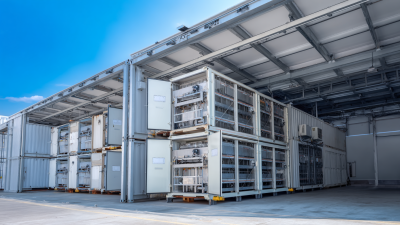
Ultimate Checklist for Sourcing Best China Industrial Heater Bundles in 2023
-
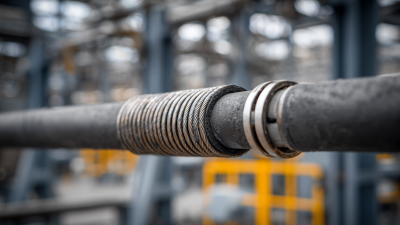
What is the Significance of Best Custom Immersion Heater in Industrial Applications
-

Emerging Technologies for Industrial Flange Heater Solutions by 2025
-
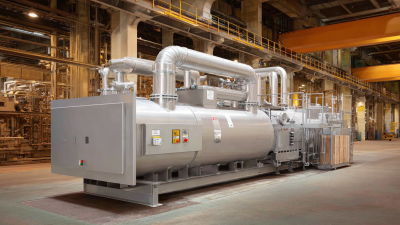
The Essential Ultimate Guide to Choosing the Best Explosion Proof Industrial Heater Suppliers
Blog Tags:


